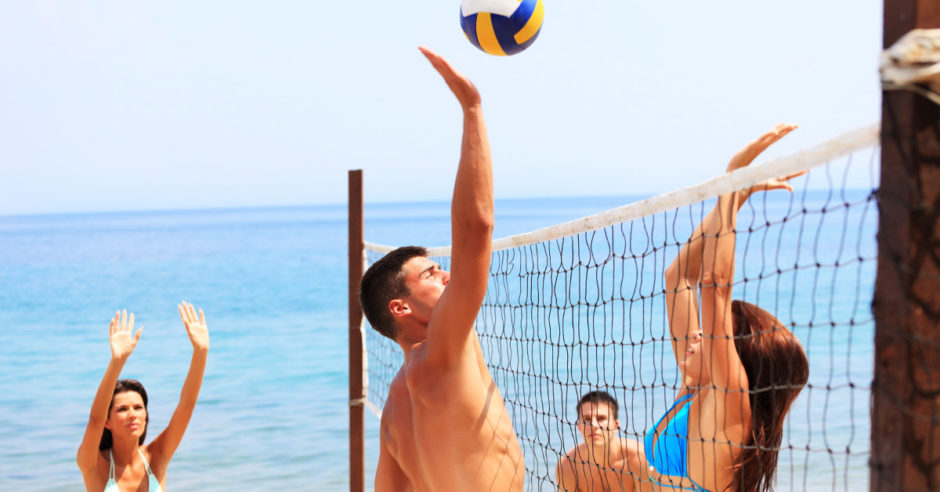With temperatures starting to rise again, more and more people are out enjoying the weather and being active. With this increase in activity, there always seems to be an increase in injuries. A significant number of patients that are coming in are presenting with shoulder pain due to overhead activities (tennis, volleyball, baseball, even swimming). During these overhead activities, the shoulder is put in a vulnerable position. The tendons of the rotator cuff need to pass through the subacromial space which can lead to impingement as they pass through the shoulder joint. Also during these overhead motions, the rotator cuff complex must speed the arm up and then quickly slow it down. This places a significant load on the posterior rotator cuff musculature. The situation can be further complicated since the biomechanics of the shoulder may change when you are experiencing pain.
I won’t go through the different types of impingement in this blog post, but there are some general rules that you want to follow in terms of treatment and rehabilitation. Two goals of treatment (especially in the acute or subacute phase) are to increase blood flow and decrease inflammation in the injured area. These two goals can easily be accomplished with using laser. Often the painful area can be so tender that doing manual work can exacerbate patients’ symptoms (what we DON’T want to do). This is another key instance where laser can help progress the patient to a point where they can tolerate more aggressive treatments.
Obviously, a large part of the treatment plan is active rehabilitation. This will help increase range of motion and decrease the likelihood of re-injury long term. However, the problem we can run into with impingement type syndromes is too much exercise and stretches can exacerbate symptoms. It is a fine line between the right amount of active care and too much. Generally, practitioners and patients find this out the hard way. This is another instance where laser can be beneficial in getting a patient to the point where they can tolerate active rehabilitation.
Being a practitioner at two clinics (one with laser, one without) I am in a position where I can see how treatment outcomes differ in regard to laser. I often wonder how some of my patients would benefit from adding laser to their treatment plan. I have treated patients with impingement using laser and without using laser and I can say unequivocally a treatment plan with laser does reduce healing time.
Dr. Alex Peplow, D.C.
Theralase Pain Clinic
Toronto, Ontario, Canada
For more on helping improve athletes’ recovery times, and other pain management techniques using laser therapy, please register for our 6-part Webinar series which starts on Wednesday, June 28, 2017.
Image copyrights: n/a
